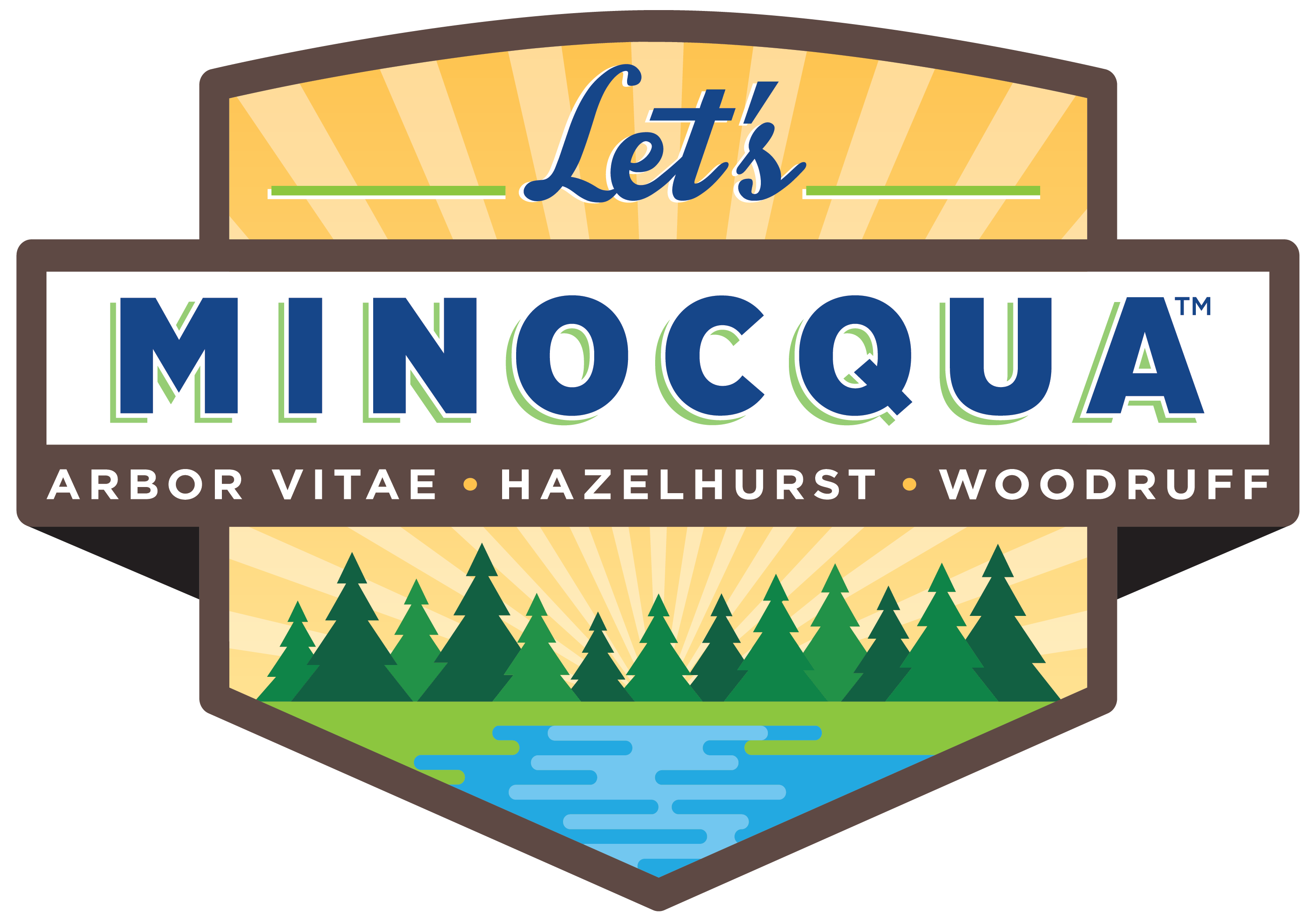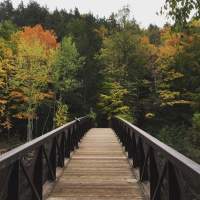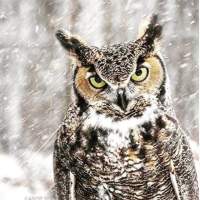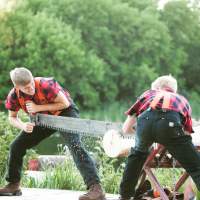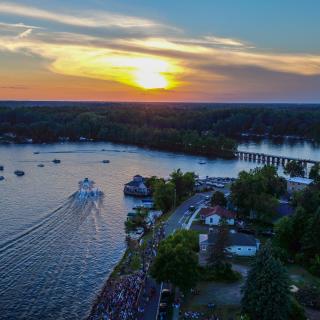When the ice goes out and you can finally put your boat in the water and cast your rod into our 2,300 bodies of water you will understand why the Minocqua area is truly a fisherman’s paradise. Minocqua is a year-round fishing destination but is especially popular during the springtime of the year.
The beginning season of Game Fishing (Walleye, Northern Pike, and Bass) opens the first Saturday of every May. Perch, Crappie, and Blue Gill are open 12 months a year.
During the month of May and the first week of June the Walleye, Northern Pike, Crappie, Perch, and Blue Gill are all at the top of the priority list for the fishermen who visit our area. Each species has its own preferred water temperature and favorite locations where they feed. They also have preferred methods, techniques, types of lures, and types of live bait they prefer.
Walleye:
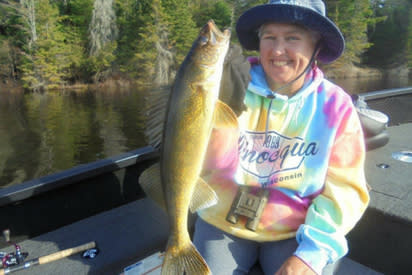
Walleye fishing in Minocqua is special and productive throughout the year. Many fishermen come here every year for the Walleye opener, enjoying spectacular Walleye shore lunches and cooking them right where they are staying.
In the month of May and the first week of June, there are many ideas, locations, methods, and presentations to try on the Minocqua area lakes.
Where to find:
There could be several different Walleye locations in the same body of water where they can be caught. In another body of water there could only be one or two Walleye locations where they will be caught. Locations on a lake where early Walleye could be caught, for example, might be where a creek is entering the lake.
Another possibility could be along a section of mainland shoreline or an island shoreline where the Walleye were spawning prior to opening day in two to 10 feet of water depth. The male Walleye will continue to stay in this area for a period of time. Casting minnow imitating lures at twilight or dark at the more shallow locations can be productive.
As the water temperature rises the spawning areas will eventually become void of the Walleye. Deeper, softer bottom areas outside of spawning locations will be where some bigger Walleye are caught.
Another area is on a shallow rock bar (100 ft. or more in length) that is parallel and relatively close to the shoreline. In May, try shallow weedy locations where the weeds normally get much thicker in June and July.
Small rivers of our area will concentrate Walleye in locations such as a dam or other natural current obstructing locations where the Walleye cannot pass. Fish close to these barriers for best results. Also, try in the river bends or sharp curves where the water is deeper where the Walleye will rest after spawning to stay out of the main current. These are good locations for River Walleye.
What to Use:
Most all Walleye fishing in May in lakes or rivers is done with a live minnow. There are different species of minnows and most will work for the angler. Generally the size ranges from one to two inches in length. Attaching the minnow to a lead head jig and casting the bait out, letting it hit the bottom then retrieving it slowly is common. Vertical jigging under the boat, allowing the jig to gently touch the bottom as the boat moves slowly is effective. A regular (properly sized) hook to attach to the minnow in the lips or back of the minnow is used under a slip bobber. This can be used in shallow situations, where a jig or other presentations might spook the Walleye or cause other baits to get stuck in shallow water on the bottom. Night Crawlers and Leeches can be used but typically they are used when the water temperatures are warmer.
Crappie:
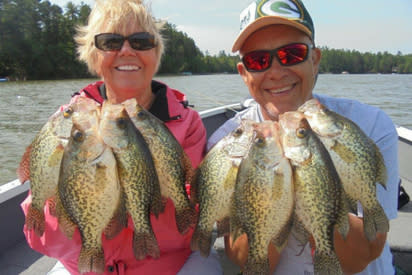
Where to find:
In the Minocqua area as the water temperature rises to around the mid- to high-50’s the Crappie become very active for feeding. Spawning temperature does vary slightly per lake. Typically around 61 or 62 degrees the Crappie will move onto the shoreline and spawn. Catching them prior to their spawning is perfectly legal but, selective harvest is very important to manage the fishery of any body of water. They are very good table fare and several shore lunches are cooked every year with them as well as at the local resorts.
What to Use:
A small jig and minnow combination, presented around deeper branches, logs, and or other deep obstructions such as bridge pilings and creek channels inside a flowage, lake, or small river are good during cold water conditions. When the Crappie seek shallow areas docks, trees in the water, logs, and brush piles can be very productive. A plastic bait called a “Tube Jig” or a similar small plastic bait designed for Crappie fishing will work typically as the water warms up over 60 degrees such as when they are along the shoreline and after they move out into the lake away from the shoreline.
A slow retrieve is good for maximum results. Reeling the bait in very slowly will increase your amount of strikes. A Slip Bobber is a good choice for a slow methodical presentation, shallow snag infested water or when you want to keep the bobber in one location. Setting the correct depth is critical for Crappie fishing. They typically feed in the upward direction due to their eye location on the upper part of their head.
Blue Gill:
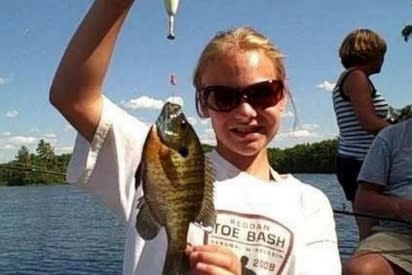
Where to find:
Blue Gill spawn at or around 65-degree water temperature and this could vary a degree or two. They move into the shoreline areas that receive a lot of sunshine and have a somewhat soft or sandy bottom with shallow water that extends several feet away from the shore.
What to use:
They are easy to catch with a small piece of worm on a small hook under a bobber that is set only one foot deep. Other small plastic baits also work well. Again, selective harvest is very important to protect any fishery. Blue Gill are very aggressive and will attempt to eat anything they can fit into their mouths. This is a prolific species in the Minocqua area. They do prefer sunny days for best results although they are caught almost any day.
Perch:

Where to find:
The Minocqua Chain of Lakes and other close by lakes are very good fishing, not only for Walleye, Crappie, and Blue Gill but also Perch. As the season moves forward, locations for Perch are similar to Walleye. A more sandy location is preferred for Perch spawning and even a very light current is good. They also will spawn in other areas similar to but deeper than Blue Gills.
Like Crappie, Perch are readily caught using a small crappie minnow on a small jig head. The locations of catching them are not the same, however. Perch prefer feeding shallow in the spring due to their food source. They will move deeper after they spawn but return daily to feed shallow for a limited amount of time. Perch are rarely caught in the dark.
After they spawn in spring they like to stage themselves in schools. This could be upwards of 50 to 400 in just one group and there could be several schools in a lake.
Weedy locations are good for early Perch. It is the weedy drop-off they prefer this time of year as well as a deeper soft bottom right next to where they spawned. Perch are another very prolific species in our area. Shore lunches are fantastic with these tasty fish as well as a few for the home frying pan.
What to use:
Perch feed heavily on small aquatic larva, aquatic insects that hatch in the shallow warmer water of springtime and will strike on very small plastic baits designed for warm water Crappie fishing. Perch also like a small piece of worm placed on a small hook under a bobber set at about two to 10 feet deep depending on where they are located.
Small Mouth Bass:

Where to find:
These fish are very plentiful in the Minocqua Chain of Lakes and some surrounding lakes in the Minocqua area. Some big ones are reported every year and ones from 11 inches to 16 inches are very common. These fish like to spawn at 63 to 66-degree water temperatures. Shallow water is best from late May and the first week of June. They are aggressive and willing to strike your presentation.
What to use:
Small one- to two-inch plastic baits work very well for these Bass in late May and the first week of June. Live bait also works very well. Topwater baits, such as artificial minnow baits worked slowly on top of the water are effective. Spinnerbaits such as a Mepps # 3, double blade Bass spinnerbaits in the ¼ to 3/8 ounce size also work great. Casting all along the shoreline with a firm bottom is best. Try next to docks, boat lifts, and different shallow logs or trees in the water. Although Bass fishing opens on the first Saturday of May, Smallmouth Bass are catch and release only and must be returned to the water immediately after removing the hook. The catch-and-keep season of Smallmouth Bass does not open until mid-June. This is normal and takes place every season.
